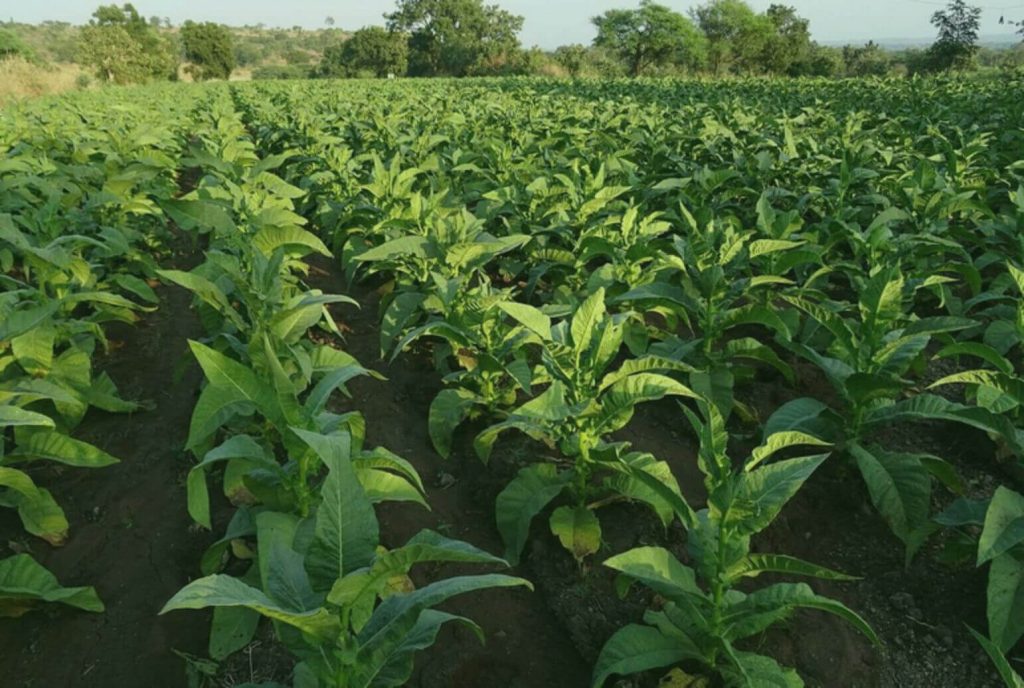
The tobacco industry in Afghanistan is a tapestry of complexity, interwoven with stories untold and unexplored realms. It boasts a profound historical heritage, entwined with the nation’s cultural and economic fabric.
Centuries Unveiled: The Pre-20th Century Development
Centuries ago, tobacco found its way to the heart of Afghanistan, carried by the footsteps of intrepid merchants and explorers. The country’s favorable climate and fertile soil nurtured its cultivation, forging an indelible bond.
Dawn of Transformation: The Post-20th Century Evolution
With the passage of time, the industry evolved, propelled by technological advancements that gave rise to a diverse array of refined tobacco products.
Fueling Economic Vitality: Contribution to GDP
Afghanistan’s economy finds solace in the embrace of tobacco, as the sector generates millions of dollars each year, playing an indispensable role in the nation’s economic sustainability.
Beneath the Leaf: Employment Generation
The tobacco industry breathes life into thousands of Afghan farmers and workers, serving as a lifeline for their livelihoods, reaching far beyond the boundaries of GDP.
Nature’s Theater: The Growing Regions
Afghanistan’s diverse climate zones serve as a stage for the cultivation of various tobacco types. Nangarhar, Kunduz, and Baghlan stand as beacons of fertile land and promise.
Magic Unfolds: The Art of Curing and Processing
Tobacco processing in Afghanistan is an alchemical fusion of tradition and technology. The curing process, shrouded in tradition, relies on the benevolence of the sun and air, bestowing leaves with optimal quality.
A Tapestry Unraveled: Internal Trade
A vibrant tapestry of tobacco trade weaves its way through the markets of Afghanistan, where bustling bazaars witness the exchange of tobacco and its myriad companions.
Worldly Threads: Global Trade
Afghanistan embraces its role as an active player in the global tobacco market, extending its reach across borders as it exports high-quality tobacco to nations near and far.
Embracing Tradition: Smoking Rituals
Smoking, an enduring tradition, breathes through the veins of Afghan culture. The pipe’s whisper accompanies the older generation, while the younger embrace cigarettes, entwining tobacco consumption with the social fabric.
Unveiling Diversity: Tobacco Products and Their Popularity
Cigarettes stand as the vanguard of tobacco products in Afghanistan, yet other forms, such as the hookah’s ethereal dance and naswar’s bold allure, find their devoted followers.
Guiding the Path: Current Regulations
The Afghan government dons the mantle of regulation, weaving a tapestry of laws that control production, sales, and exports while carefully considering the health implications for its citizens.
Shaping Destiny: Impact on the Industry
Government policies cast a formidable gaze upon the industry’s trajectory, casting their influence upon farming practices, trade regulations, and the pulse of an ever-evolving sector.
Overcoming Shadows: Challenges
Amidst the promise lies the embrace of challenges. Inconsistent crop yields, limited technological adoption, and the global wave of health-driven policies against tobacco cast their shadows upon the industry’s path.
Embracing Horizons: Opportunities
Yet, within the labyrinth of challenges, opportunities blossom like desert flowers. Sustainable farming practices yearn for exploration, export markets beckon for expansion, and the siren call of diversified tobacco products sings its enchanting melody.
In conclusion, the tobacco industry in Afghanistan weaves a tapestry spun with history, economics, culture, and untapped potential. Despite the challenges, it remains a vital component of the nation’s economy and an intriguing case study for industry analysts across the globe.
Afghanistan’s Tobacco Industry in Numbers
Here are some key figures that shed light on Afghanistan’s tobacco industry:
- Approximately 30,000 hectares of land are dedicated to tobacco cultivation in Afghanistan.
- Tobacco farming provides direct employment to an estimated 60,000 people.
- The industry contributes around $50 million annually to the country’s GDP.
- Tobacco export revenues reached approximately $10 million in the last fiscal year.
Frequently Asked Questions (FAQs)
-
Who are the main stakeholders in the Afghan tobacco industry?
- The primary stakeholders include the Afghan government, local farmers, and both national and international tobacco companies.
-
What are the major tobacco-producing regions in Afghanistan?
- The primary tobacco-growing regions in Afghanistan are Nangarhar, Kunduz, and Baghlan.
-
Where does Afghanistan export its tobacco?
- Afghanistan exports its tobacco to various countries, primarily in the Middle East and Asia.
-
Why is tobacco cultivation important for Afghanistan’s economy?
- Tobacco cultivation significantly contributes to the national GDP and provides employment opportunities for thousands of people.
-
How does the Afghan government regulate the tobacco industry?
- The Afghan government regulates the industry through laws that control production, sales, and exports, while also considering health implications.
-
Is Afghanistan’s tobacco industry experiencing growth?
- The industry has exhibited steady growth over the years due to increased global demand.
-
Can Afghanistan expand its tobacco export market?
- Afghanistan holds the potential to expand its export market by diversifying its range of tobacco products and improving quality.
-
Does Afghanistan import tobacco?
- While Afghanistan does import certain types of tobacco, it primarily relies on domestic production.
-
Will the tobacco industry continue to be important for Afghanistan’s economy?
- Given its current significance and growth trajectory, it is likely that the tobacco industry will remain vital for the foreseeable future.
Sources of information:
- Ministry of Agriculture, Irrigation, and Livestock (MAIL) – Afghanistan
- The Central Statistics Organization – Afghanistan
- World Bank Reports
- Food and Agriculture Organization (FAO) Reports
Citations:
- “Afghanistan: A Cultural and Political History” by Thomas Barfield
- “Agriculture in Afghanistan” by Craig S. Smith
- Ministry of Agriculture, Irrigation, and Livestock (MAIL) – Afghanistan
- The Central Statistics Organization – Afghanistan
- World Bank Reports
- Food and Agriculture Organization (FAO) Reports